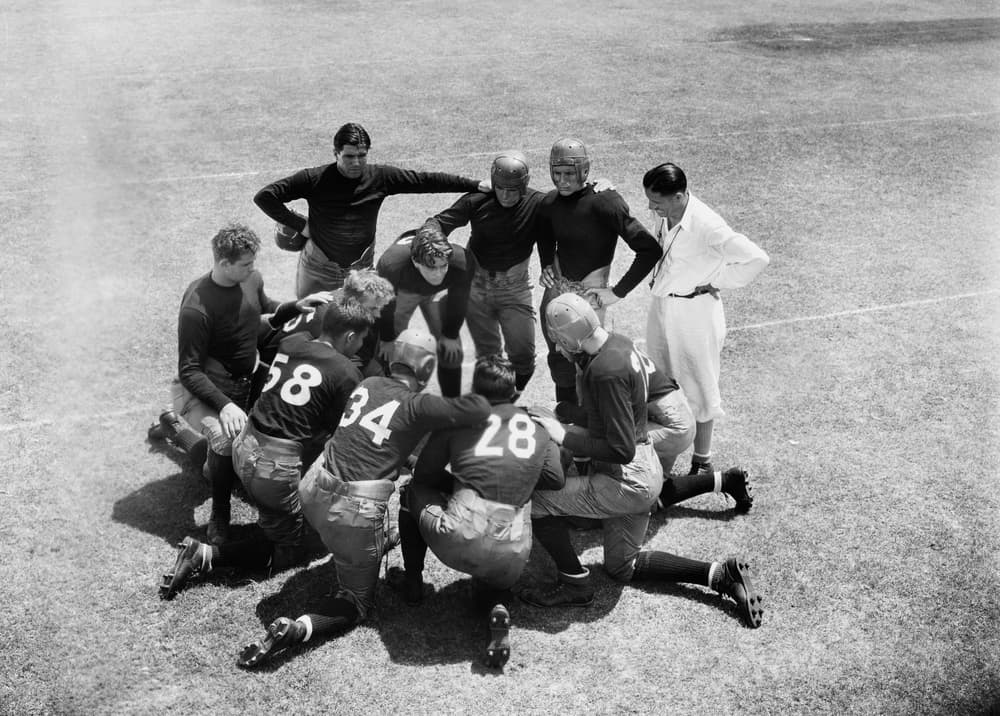
To successfully handle a workers’ comp claim, it needs to be investigated both timely and thoroughly. The contact with the injured employee, the employee’s supervisor and the employer’s claims coordinator, and the medical provider all provide valuable information to the adjuster in the handling of the workers’ comp claim. Each of the contacts, if properly managed, allows the adjuster to maintain control of the developing claim.
Click Link to Access Free PDF Download
“How Do I Get My Adjusters To Follow My Account Handling Instructions?”
Definition of Contact
A recent audit of a claims office found the definition of “contact” was not spelled out in the claims handling requirements or the company’s Best Practices. The workers’ comp adjusters were sending form letters to the employer and the employee saying “call me” on the day they received the assignment. Their supervisor was accepting the form letters as contact with the employer and employee. The adjusters and supervisor were bending the meaning of contact to their own purposes and not making proper three-point contact.
Three-point contacts are almost always be handled by telephone, except in severe cases where an in-person contact would be justified. With most adults having cell phones, there is no reason for not making voice contact. If the principals cannot be reached by telephone, a contact letter should be sent while continuing the effort to reach the principals by telephone.
The insurers who have quality Best Practices consider voice contact as “the exchange of information between the principals and the adjusters.” Leaving a message on the employer’s or employee’s voice mail is not considered contact in the true meaning of three-point contact.
Timeliness of Three-Point Contact
Each workers’ compensation insurer and each third party administrator (TPA) has set their own time frames as to when three-point contact should be completed. Some insurers are requiring their adjusters or TPA to make three-point contact within 2 hours or 4 hours of the time of the accident. Other insurers and TPAs are being less stringent and requiring the three-point contacts to be completed within 24 hours or 48 hours of the time of the assignment.
Workers’ comp adjusters prefer the 48-hour goal of making three-point contacts as that is a relatively easy goal to make. Various studies, however, have shown that immediate (same day) contact has the most positive influence on the outcome of a case.
While the goal of the adjuster should be to make the three-point contacts the same day as the assignment is received, in reality, the other parties to the claim may not be available. Persistence is an absolute must for the adjuster. If the adjuster has left a voicemail for the employer, employee or medical provider’s office, the adjuster should call again if the other party has not responded by the end of the workday. The persistent adjuster will leave at least two voice mails the day the assignment is received and will follow up with a contact letter if a response is not received. The adjuster should continue to try daily to reach each of the principals of the claim until voice contact is made with them.
Employer Contact
Upon receipt of the new assignment, the workers’ comp adjuster immediately verifies coverage for the insured/employer. If there are no coverage issues or questions, the adjuster’s next step is to make contact with the employer.
The purpose of the employer contact is several fold. The Employer’s First Report of Injury has essential information the adjuster needs but normally does not contain all the information that would be of value to the adjuster in accessing the claim. By discussing the accident with the employer’s claim coordinator, the adjuster can learn additional information that may be helpful in the development and handling of the claim. Some of the information the workers’ comp adjuster can obtain from the claims coordinator includes
- Prior claim history of the employee
- Verification of the facts on the Employer’s First Report of Injury
- The return to work status or the disability status of the employee
- Description of job duties
- Availability of modified duty or light duty work
- Length of employment
- Identification of employee’s supervisor and witnesses to the accident
- Subrogation potential
If there are any questions about the circumstances of how the claim happened or any issue of any kind, the adjuster will need to also interview the employee’s supervisor about the workers’ comp claim. A recorded statement from the supervisor may be necessary if the facts of the claims are questionable, if the claim appears to be severe, or if there is the potential for subrogation.
If there are still questions about the claim after the adjuster has spoken to the employer’s claims coordinator and the employee’s supervisor, the adjuster should also interview any witnesses to the accident.
Employee Contact
The adjuster’s prompt contact with the employee will build rapport and assist in establishing a non-adversarial working relationship with the employee. When the adjuster establishes early contact with the injured employee, the probability of future attorney involvement is decreased. The adjuster is also in a better position to identify any compensability issues and to make timely payment of benefits, both medical and indemnity. If the claim is severe, the early contact with the employee will allow for immediate medical management.
When the adjuster makes the initial contact with the employee, the adjuster should consider a recorded statement if the accident is severe or there is potential for subrogation. Also, the adjuster should consider a recorded statement if there has already been inappropriate or excessive medical treatment, if there is a pre-existing condition, if the claim is for a serious occupational disease, if there were other employees injured in the same accident or if there any question of compensability. Whether the interview is recorded or not, the initial conversation with the employee should cover:
- The facts of the accident
- The identity of any witnesses
- A description of the employee’s job, including job title, job requirements, equipment utilized, etc.– (this will assist the adjuster in arranging for an early return to work on modified duty or light duty)
- The details of the injury and the medical provider’s proposed treatment plan. This should include the medical provider’s diagnosis and prognosis, the employee’s comments about pain, medications, prior injuries, treatment issues, etc.
- The employee’s attitude about the employer, the accident, the medical treatment, the willingness to return to work, etc.
The adjuster, during the initial contact with the employee, should advise the employee of all state required forms that will be sent to the employee and in those states that require a medical authorization, advise the employee of the importance of signing and returning the medical authorization immediately. The adjuster should request a copy of any off-work notes from the medical provider. The adjuster should also advise the employee of the actions the adjuster will be taking and encourage the employee to contact the adjuster with any questions, issues or problems.
Medical Provider Contact
The medical provider whether an occupational injury doctor, a hospital emergency room or a walk-in clinic, should be contacted by the adjuster as part of the three-point contact. The adjuster purpose in contacting the medical provider’s office is to obtain the necessary information to determine the process the claim. They would include:
- The diagnosis
- The prognosis
- The estimated length of time before the employee can return to either light duty or full duty work
- The date(s) of the next medical appointment(s)
- Information on any referral to another medical specialist
The adjuster should advise the medical provider to send to the adjuster the complete medical records including the medical history provided by the employee, the doctor’s notes, the results of any testing and a copy of any off work slips provided to the employee.
Summary
The importance of three-point contact cannot be overstated. Getting the claim file off to a proper start has a major impact on the course of the claim and the adjuster’s ability to handle the claim fully and properly. By completing a timely and a thorough three-point contact, the adjuster sets the tone for the outcome of the claim.

Contact: RShafer@ReduceYourWorkersComp.com.
Workers’ Comp Roundup Blog: https://blog.reduceyourworkerscomp.com/
©2018 Amaxx LLC. All rights reserved under International Copyright Law.
Do not use this information without independent verification. All state laws vary. You should consult with your insurance broker, attorney, or qualified professional.














